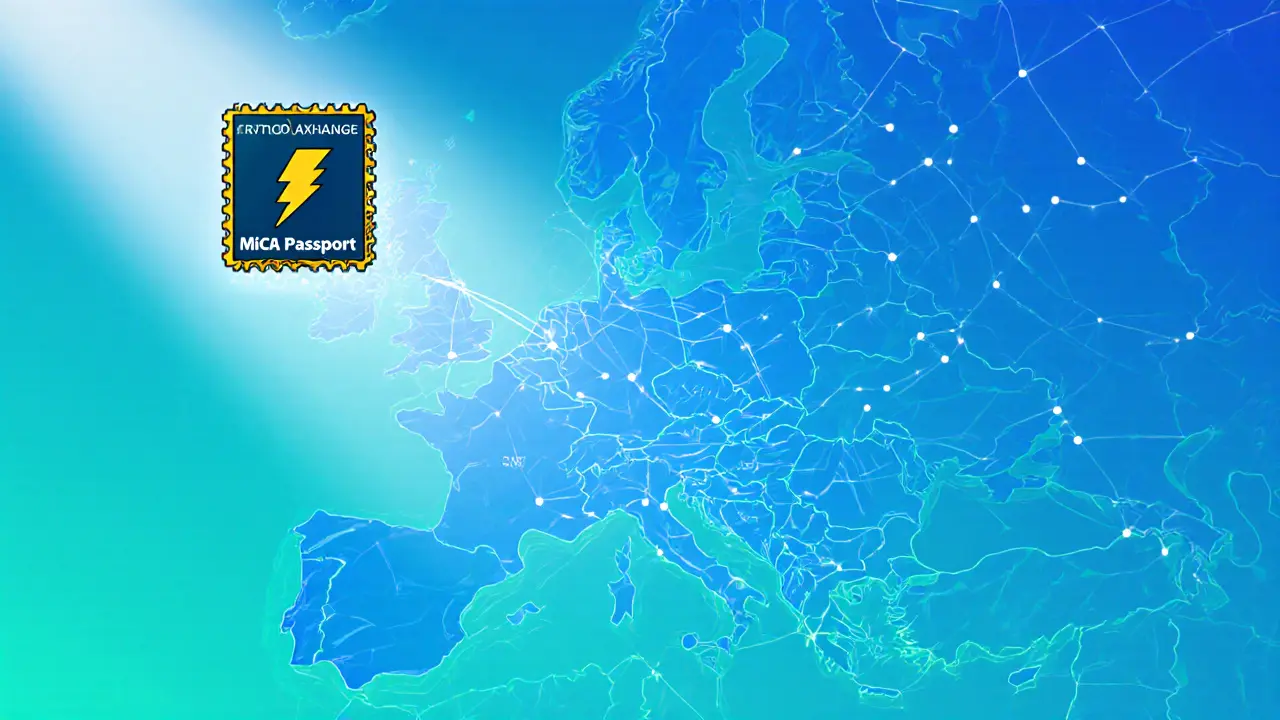EU Regulation: Navigating Crypto Rules Across Europe
When working with EU regulation, the set of rules that govern crypto assets, service providers, and market conduct across the 27 member states. Also known as European crypto compliance, it impacts licensing, consumer safeguards, and cross‑border transactions.
One of the most talked‑about frameworks is MiCA, the Markets in Crypto‑Assets Regulation that aims to create a uniform market environment for digital assets in the EU. MiCA defines which tokens are considered securities, sets disclosure requirements for white‑papers, and outlines the duties of custodians. EU regulation encompasses MiCA, and MiCA in turn shapes the licensing landscape by specifying the capital and governance standards that crypto firms must meet.
Beyond MiCA, the EU enforces strict AML, anti‑money‑laundering standards that require crypto firms to verify users, monitor transactions, and report suspicious activity. AML compliance is a prerequisite for obtaining a crypto licensing, which varies by country but generally demands capital reserves, clear governance structures, and regular audit trails. Our step‑by‑step guide on U.S. licensing shows how the European approach differs – the EU focuses heavily on investor protection and cross‑border data sharing, while the U.S. system is split between federal MSB registration and state‑level BitLicense permits.
Key Areas of EU Crypto Regulation
Several member states have launched regulatory sandboxes, controlled environments where innovators can test new blockchain solutions under supervisory guidance. These sandboxes often offer a fast‑track to licensing, allowing projects to experiment with token models while staying within the EU’s legal boundaries. For example, the French sandbox lets fintechs pilot stablecoins under temporary exemptions, and the German sandbox ties success metrics directly to a streamlined licensing review.
Practical implications for developers and investors are clear: first, map your token to MiCA’s classification; second, set up AML procedures that satisfy the 5‑day customer verification rule; third, decide whether to apply for a full license or start in a sandbox for a limited roll‑out. The posts below walk you through each step – from understanding MiCA’s token taxonomy to comparing sandbox programs worldwide, and even a look at how Asian licensing models (like Thailand’s recent requirements) stack up against European standards.
Armed with this overview, you’ll be ready to dive into the detailed guides, reviews, and analysis that follow. Below you’ll find everything from a global sandbox comparison to a deep dive on crypto licensing, each tailored to help you stay compliant and seize opportunities under EU regulation.

Cross‑border Crypto Services in the EU: How MiCA’s Passport Works
May 1, 2025, Posted by Ronan Caverly
Learn how the EU's MiCA passport lets crypto service providers operate across 27 member states, the licensing steps, requirements for EU and non‑EU firms, and practical compliance tips.
MORESEARCH HERE
Categories
TAGS
- decentralized exchange
- crypto exchange review
- cryptocurrency
- crypto coin
- CoinMarketCap airdrop
- smart contracts
- tokenomics
- cryptocurrency exchange safety
- crypto exchange
- cryptocurrency airdrop
- crypto airdrop
- cryptocurrency exchange
- crypto airdrop guide
- blockchain token distribution
- DeFi
- crypto exchange scam
- crypto airdrop 2025
- Ethereum
- cross-chain interoperability
- ERC-20
